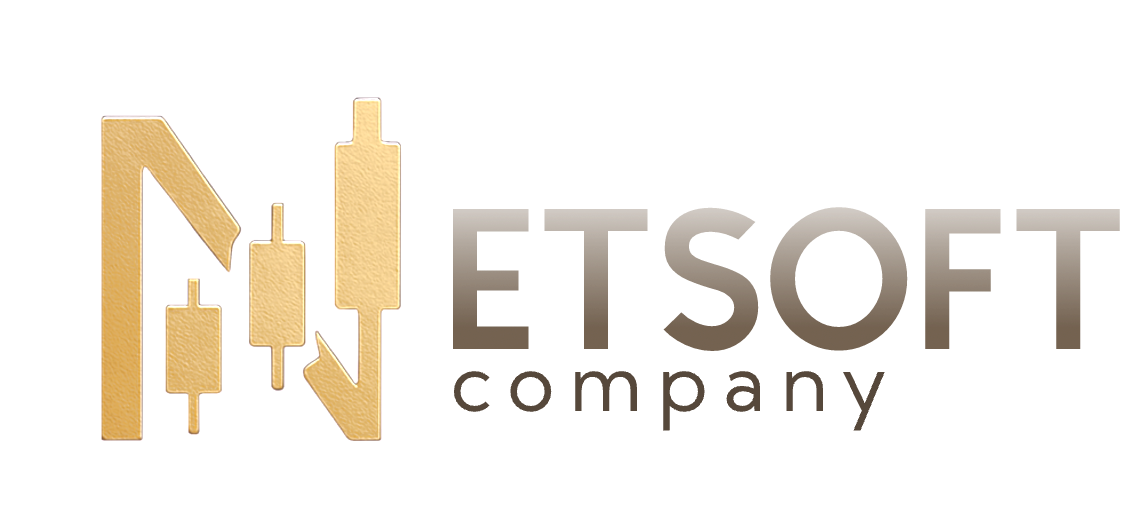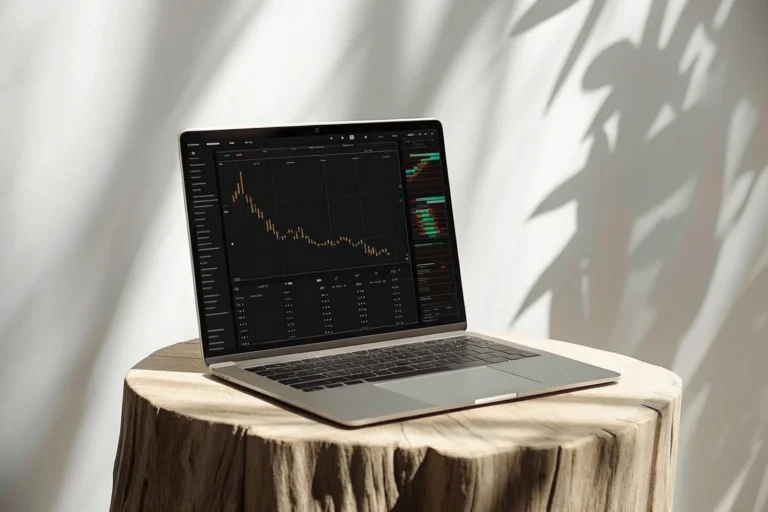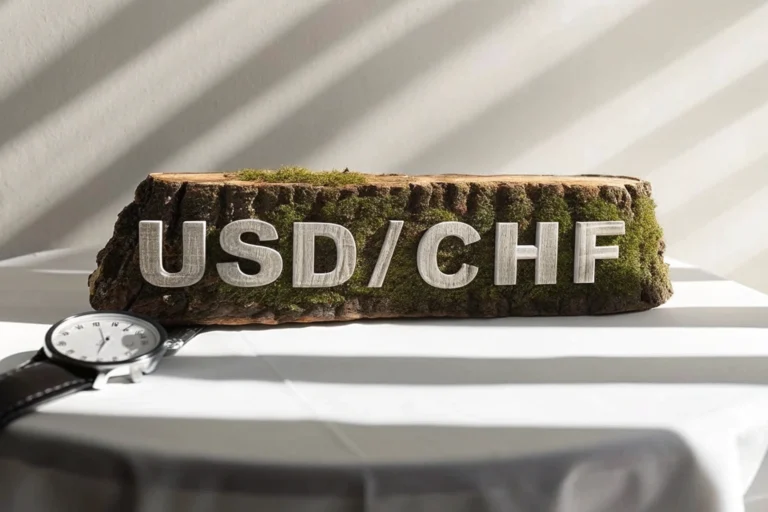Trade Australian Share CFDs: Tactics for ASX Exposure

Trading Australia’s premier stocks through CFDs can sometimes feel like walking around a busy market under the Southern Cross. From the outward signs of future performance in the S&P/ASX 200 and whatever pattern of human innovation may emerge from the all-technology darling of the Australian index — small caps — we have both upside potential and risk waiting for professional and inexperienced traders alike. In this article, we outline what ASX stock CFDs offer traders that is unique, why they could form an important part of your trading toolkit, and how you can use them. If you feel relaxed being in your knowledge of liquidity, regulations, and liquidity, you can do it.
What Are the ASX Stock CFDs?
CFDs, or Contracts for Difference, are financial derivatives created to track the price movement of underlying assets that do not require traders to own the stocks they are trading. When you trade an ASX share CFD, you put yourself in an obligation with your broker to exchange the difference in price after you open your position and all the price data such as entry, exit, volatility, and rollover from your position to close it. With the arrangement you have the dual efficiencies here: you can track the gains from an open price, by going long, or decline in price, by going short, to the Australian economy and equities market, and you do not have the exercise of settlement, custody, and ownership of the shared shares and files of being in an Australian regulated equity share.
Why Trade Australian Share CFDs?
There are compelling reasons traders flock to ASX share CFDs:
- Leverage Amplifies Your Reach: With margin requirements often much lower than the full share price, you can control larger positions with a fraction of capital — though remember, leverage magnifies both gains and losses.
- Cost-Effective Exposure: Unlike outright share purchases, many jurisdictions exempt CFD trades from stamp duty, and spreads/commissions can be highly competitive.
- Global Access, Local Focus: Trade Australian shares from anywhere — and sometimes even outside ASX hours — while still tapping into local sector trends like mining, banking, and healthcare.
- Efficient Hedging Tool: If you already hold a physical ASX portfolio, CFDs can hedge downside risk without liquidating your long-term holdings.
- Streamlined Process: No need to worry about share certificates or dividend reinvestment instructions — your only concern is the price chart on your screen.
Key ASX Indices and Stocks for CFD Trading
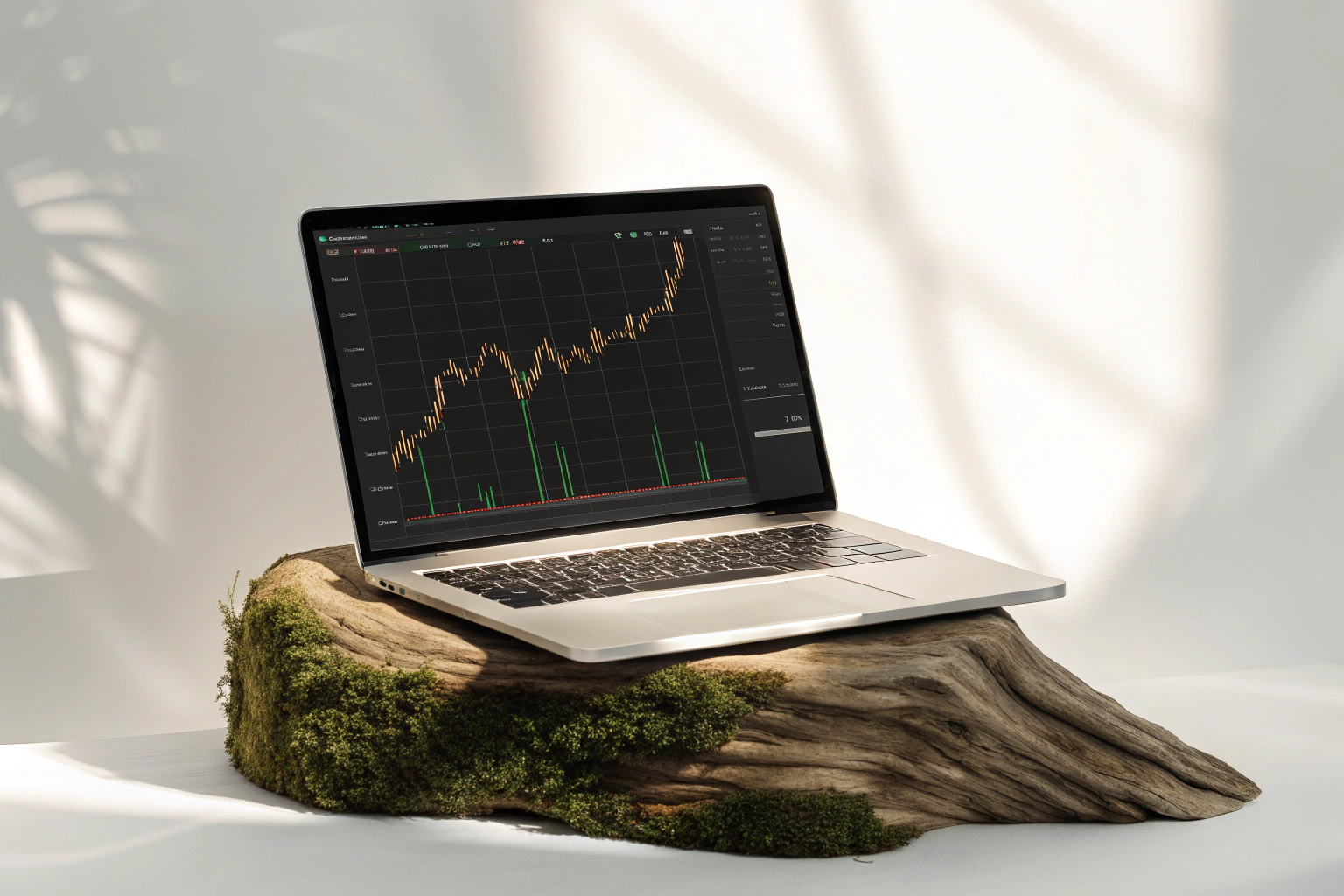
To develop a comprehensive CFD playbook, it is useful to note which instruments provide the exposure and liquidity that you seek.
S&P/ASX 200 Index CFDs
The S&P/ASX 200 Index includes the largest 200 stocks on the ASX ranked by market capitalization and provides a single-instrument view of the economic pulse of Australia. Further, the S&P/ASX 200 Index has excellent liquidity and low spreads, making it a very reliable instrument for macro traders and tactical asset allocators.
Blue-Chip ASX Stock CFDs
Household names typically like Commonwealth Bank (CBA), BHP Group (BHP) and CSL Limited (CSL) combine size with predictable earnings flows, blue-chip CFDs tend to have smoother price action and larger sized liquidity requirements making them suitable for longer-term swing trades or conservative breakout trades.
Growth and Small-Cap ASX CFDs
For those chasing higher beta, look to emerging sectors in the Small Ordinaries index. Innovators like Afterpay (APT) or Pro Medicus (PME) can deliver explosive rides — but only if you respect volatility with precise entry, exit, and risk parameters.
Advantages of Trading ASX Share CFDs with Your Broker
Selecting the right broker is as important as selecting the right underlying. Here’s what top providers offer:
Flexible Position Sizing
Whether you’re trading micro-lots to test a strategy or full lots to maximize impact, flexible sizing lets you align trade size with account equity and risk tolerance.
Tight Spreads and Low Commissions
The spread — the difference between buy and sell prices — directly affects your cost. Leading brokers advertise razor-thin spreads on ASX CFDs, often paired with transparent, volume-based commission plans.
24/5 Market Access
Australian trading isn’t confined to 10 AM–4 PM AEST. Many brokers extend CFD trading hours to capture pre-market signals from Asia, Europe, or the U.S., so you never miss a cross-market catalyst.
Advanced Trading Tools
From built-in technical indicators and drawing tools to algorithmic trading APIs, modern platforms empower you to back-test, automate, and refine strategies with surgical precision.
Mobile Trading on the Go
Whether you’re on the tram in Melbourne or sipping flat whites in Sydney, native mobile apps bring chart analysis, order entry, and risk alerts to your pocket — no desktop required.
Comprehensive Educational Resources
Webinars, video tutorials, and real-time market commentary turn every trade into a learning opportunity, helping you evolve from reactive speculator to strategic investor.
Efficient Execution and Risk Management
Guaranteed stop-loss orders, negative-balance protection, and real-time margin monitoring ensure you can define and defend your risk boundaries, even in fast-moving markets.
How to Trade ASX Share CFDs: Step-by-Step Guide
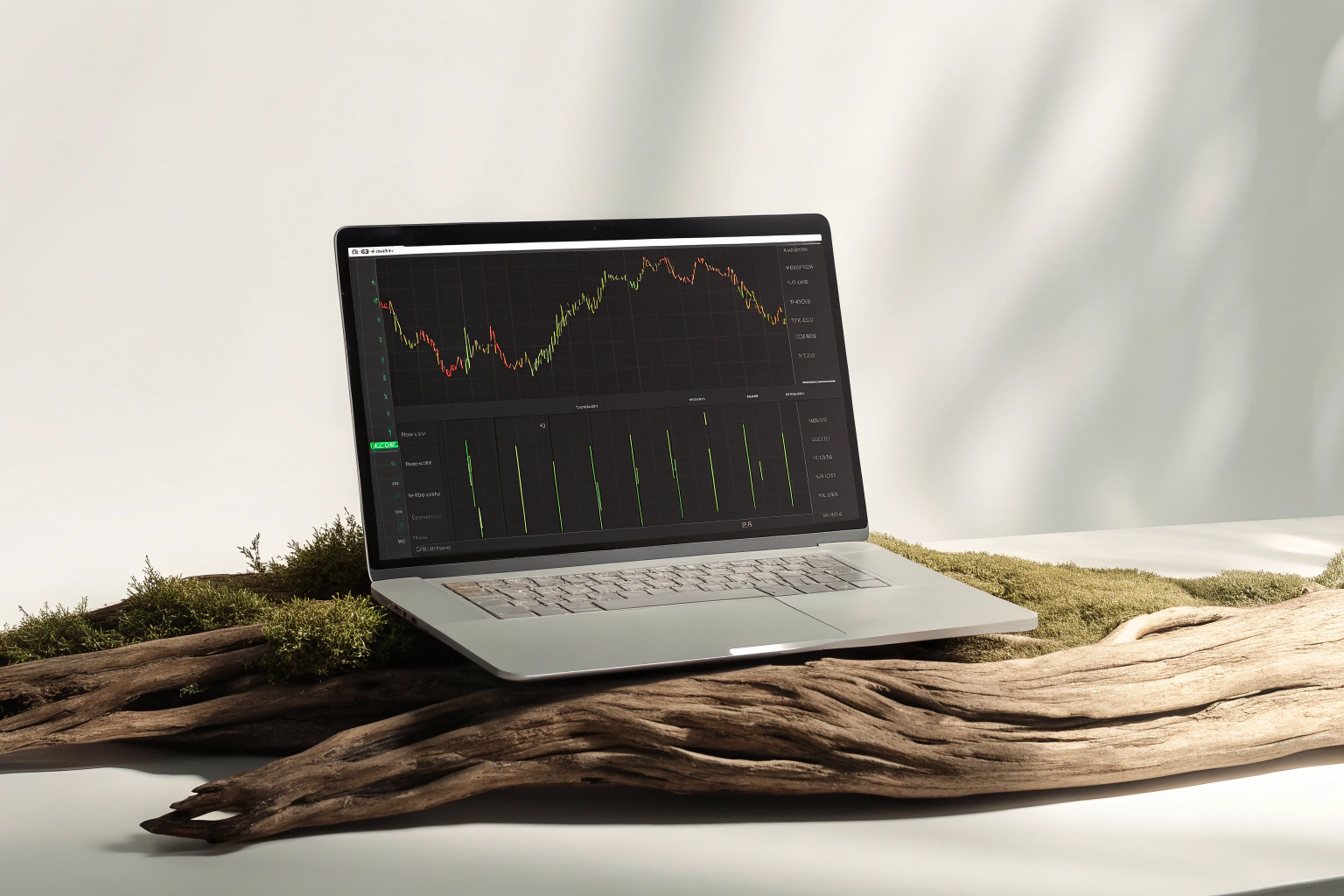
Ready to roll up your sleeves? Here’s the practical workflow:
Open and Fund Your Trading Account
- Register & Verify: Complete an online application, upload ID documents, and await approval.
- Select Your Profile: Opt for a standard, professional, or demo account based on your experience level.
- Fund Your Wallet: Deposit via bank transfer, credit card, or e-wallet; keep an eye on fees and processing times.
Navigate the Trading Platform
- Watchlists: Group ASX CFDs into custom lists for quick access.
- Chart Templates: Save preferred layouts — like candle charts with RSI & MACD overlays.
- Order Entry Panel: Compare market, limit, and stop orders before execution.
Conduct ASX Market Analysis
- Fundamentals: Dig into quarterly results, dividend histories, and industry deep dives.
- Technicals: Spot support/resistance levels, trendlines, and momentum divergences.
- Sentiment: Monitor newsflow, broker upgrades/downgrades, and retail positioning for contrarian signals.
Place and Manage Your First CFD Trade
- Enter Your Position: Set your desired lot size and direction (long/short).
- Attach Risk Tools: Always apply stop-loss and take-profit levels to lock in your risk profile.
- Track Progress: Use live P&L dashboards and margin trackers to stay on top of your exposure.
Close Positions and Realise Profits
- Manual Exit: Close at your target or when market dynamics shift.
- Automated Exit: Let stop or limit orders execute for you, ensuring discipline under pressure.
- Review & Learn: Journal your trade — note triggers, outcomes, and lessons for next time.
Choosing the Right Platform and Account Type
Your comfort with technology and risk appetite should guide your choice:
Desktop Platforms: MT5, TradingView
MetaTrader 5 offers extensive back-testing and Expert Advisor scripting, while TradingView shines with social features and user-created indicators. Both support ASX CFD instruments seamlessly.
Mobile Apps and Web Interfaces
Native mobile apps deliver full functionality in your palm; web platforms let you trade from any computer without installing software. Try both to see which feels more intuitive.
Account Types for Every Experience Level
- Demo Accounts: Perfect for trial runs without financial risk.
- Standard Retail Accounts: Balanced costs with robust support.
- Professional Accounts: Higher leverage and deeper liquidity — regulatory requirements apply.
Award-Winning Broker Credentials
Trading confidence often comes from a broker’s proven track record and industry recognition.
Innovation and Technology Awards
Look for accolades in platform design, mobile innovation, and proprietary analytical tools.
Best CFD Broker Recognitions
Industry publications and comparison sites routinely rank brokers on execution speed, spread tightness, and customer satisfaction.
Regional and Customer Service Accolades
Certifications for excellence in APAC support, multi-lingual support, and educational outreach signify to clients that a broker is serious about the success of their clients.
Frequently Asked Questions
What is the ASX and how does it operate?
The Australian Securities Exchange is the main equity market in Australia, with over 2200 listed entities and operates Monday to Friday, 10 AM – 4 PM AEST, with T+2 settlement.
How do I get started trading ASX share CFDs?
You simply open an account with a regulated broker, fund your wallet, choose the ASX CFDs you want to trade, and make trades based on your risk parameters.
What is the driving force for ASX CFD prices?
CFD quotes track the underlying share prices that respond to corporate earnings, economic data (such as RBA rate decisions), commodity direction, global sentiment.
Can international traders trade ASX CFDs?
Yes, most brokers accept international clients, but they must still comply with identification and local regulations.
What are the risks when trading ASX CFDs?
Leveraged account balances can be lost swiftly due to sudden gaps in the market or margin calls for liquidations. As a trader, you should always use stop loss orders and size your positions sensibly.
What stocks are best for trading ASX CFDs?
You can trade blue-chip stocks for strength, index CFDs for diversified returns, or small-cap stocks for volatility depending on your risk preferences and trading style.
How can I manage risk when trading ASX Share CFDs?
Limit your risk per trade (1-2% or less), stay diversified – think about sectors and themes, use stop loss orders on all trades, and monitor your margins continuously.
By getting to know the ins and outs of ASX CFDs – instrument selection, platform selection and risk controls, you now have the tools to participate in Australia’s share market with strategy and confidence on many levels. You should trade smart, manage your risk and let Australia become a valuable addition to your global portfolio.
